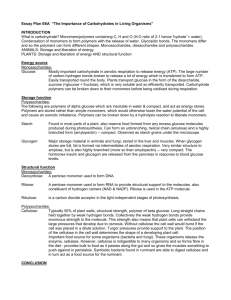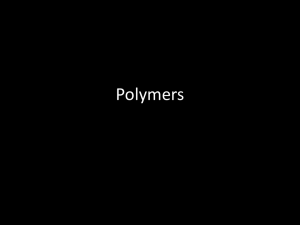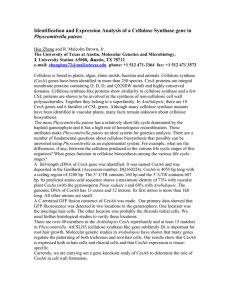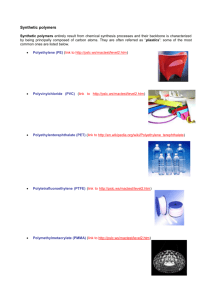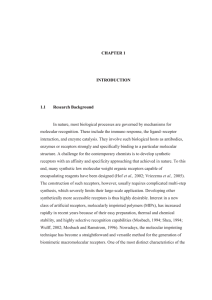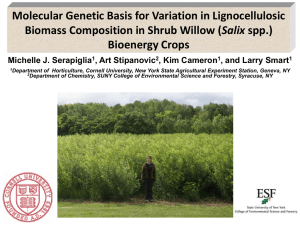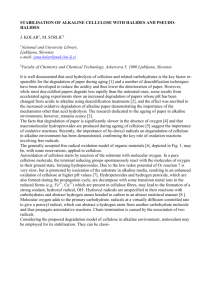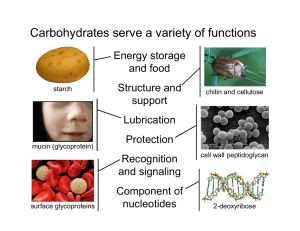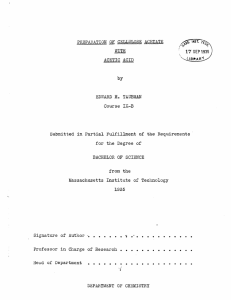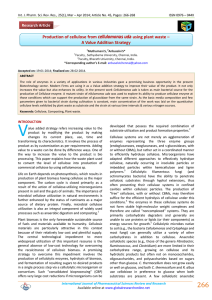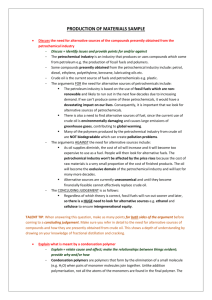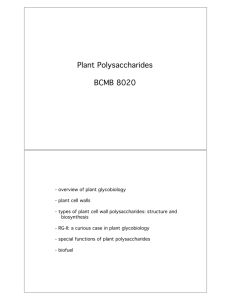Artificial polymers
advertisement
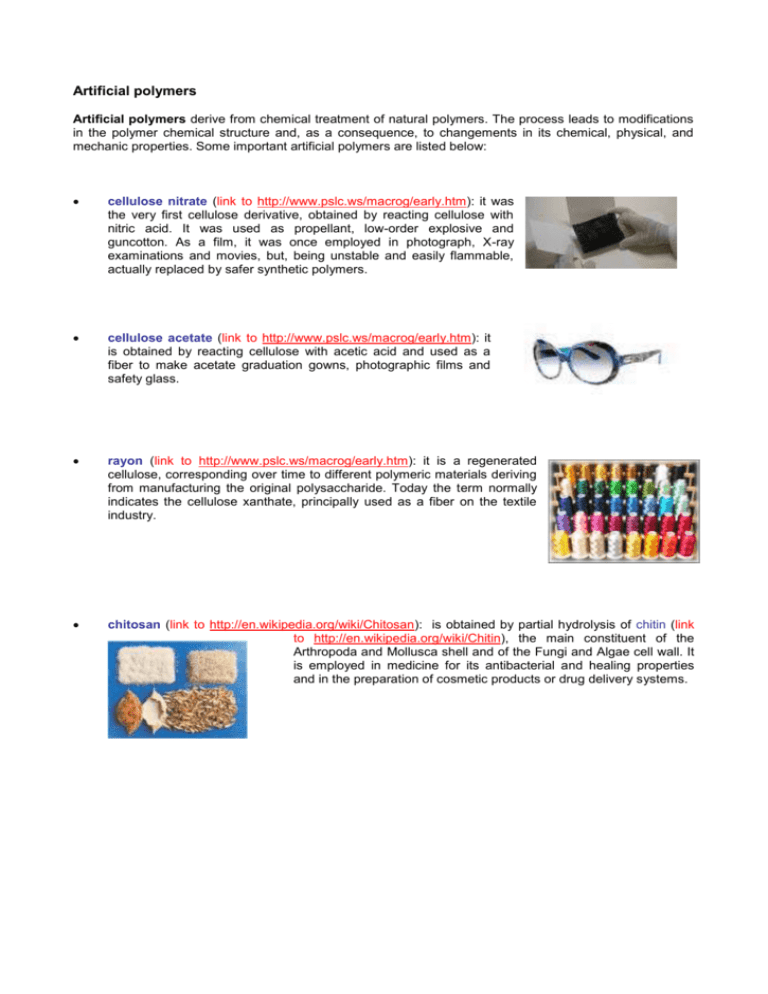
Artificial polymers Artificial polymers derive from chemical treatment of natural polymers. The process leads to modifications in the polymer chemical structure and, as a consequence, to changements in its chemical, physical, and mechanic properties. Some important artificial polymers are listed below: cellulose nitrate (link to http://www.pslc.ws/macrog/early.htm): it was the very first cellulose derivative, obtained by reacting cellulose with nitric acid. It was used as propellant, low-order explosive and guncotton. As a film, it was once employed in photograph, X-ray examinations and movies, but, being unstable and easily flammable, actually replaced by safer synthetic polymers. cellulose acetate (link to http://www.pslc.ws/macrog/early.htm): it is obtained by reacting cellulose with acetic acid and used as a fiber to make acetate graduation gowns, photographic films and safety glass. rayon (link to http://www.pslc.ws/macrog/early.htm): it is a regenerated cellulose, corresponding over time to different polymeric materials deriving from manufacturing the original polysaccharide. Today the term normally indicates the cellulose xanthate, principally used as a fiber on the textile industry. chitosan (link to http://en.wikipedia.org/wiki/Chitosan): is obtained by partial hydrolysis of chitin (link to http://en.wikipedia.org/wiki/Chitin), the main constituent of the Arthropoda and Mollusca shell and of the Fungi and Algae cell wall. It is employed in medicine for its antibacterial and healing properties and in the preparation of cosmetic products or drug delivery systems.


